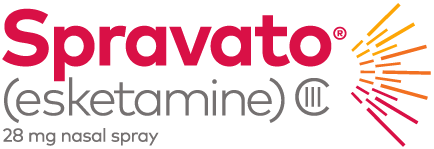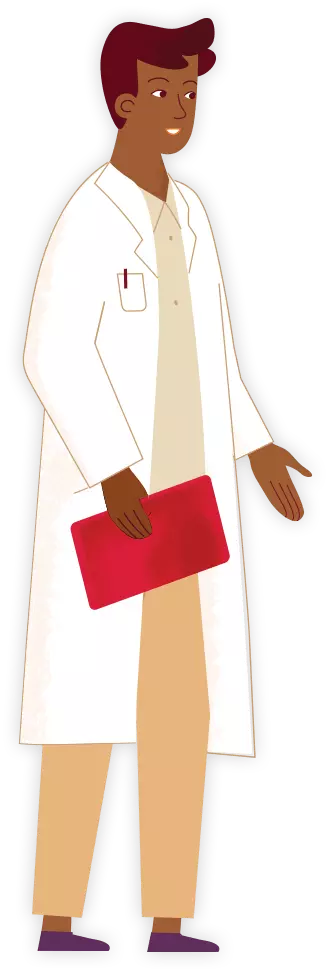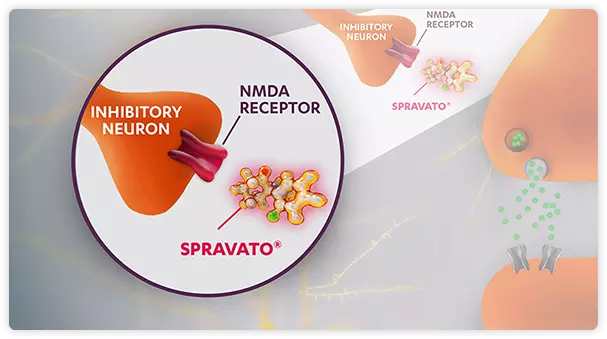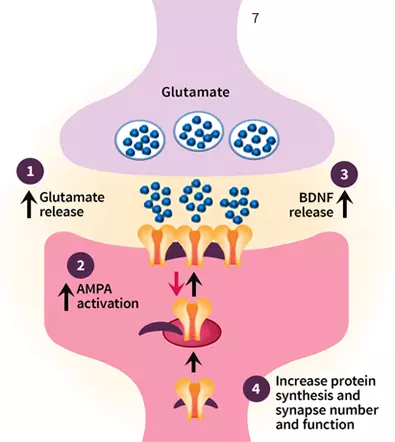Indications & Patient Stories
- Adults with treatment-resistant depression (MDD patients who have had an inadequate response to 2 or more oral ADs)
- Depressive symptoms in adults with MDD with acute suicidal ideation or behavior (MDSI)
- The effectiveness of SPRAVATO® in preventing suicide or in reducing suicidal ideation or behavior has not been demonstrated. Use of SPRAVATO® does not preclude the need for hospitalization if clinically warranted, even if patients experience improvement after an initial dose of SPRAVATO®.
- SPRAVATO® is not approved as an anesthetic agent. The safety and effectiveness of SPRAVATO® as an anesthetic agent have not been established.
AD=antidepressant.
MDD=major depressive disorder.










